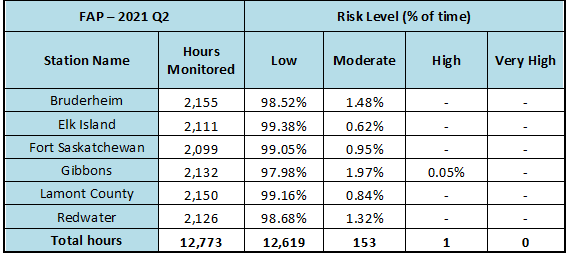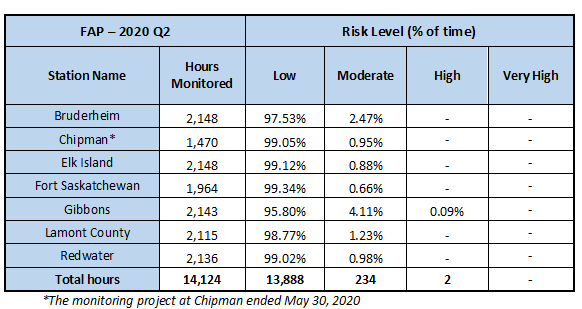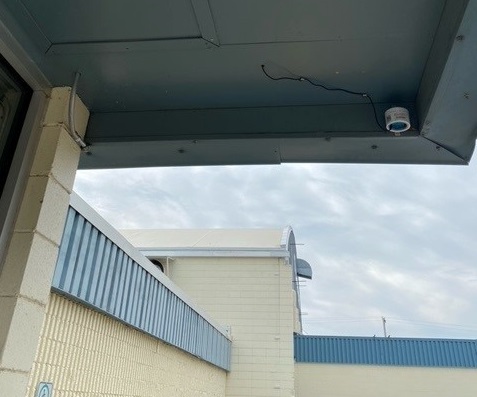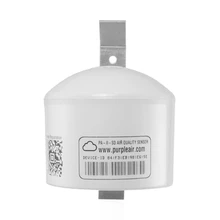Fort Air Partnership (FAP), the organization that monitors the air local residents breathe, released 2021 second quarter Air Quality Health Index (AQHI) results today. The Government of Alberta calculates the AQHI using data collected at seven of FAP’s air monitoring stations (As the portable station was not in operation during Q2 of 2021, only six FAP stations provided data for AQHI calculations this quarter).
There was only one hour of high or very high AQHI rating for the entire calendar quarter. Overall air quality in and around Alberta’s Industrial Heartland was of low risk to health nearly 98% of the time from April 1 to June 30, 2021. The air monitoring station at Gibbons recorded the most hours of moderate or high AQHI results while Elk Island recorded the least.

As a comparison, results from the second quarter of 2020 are provided on the next page.
Air quality was better in the region in Q2 of this year compared to the same timeframe in 2020. In Q2 of 2021, there were 81 fewer hours of moderate risk AQHI and one less high risk AQHI hour when compared to 2020.



 The
The